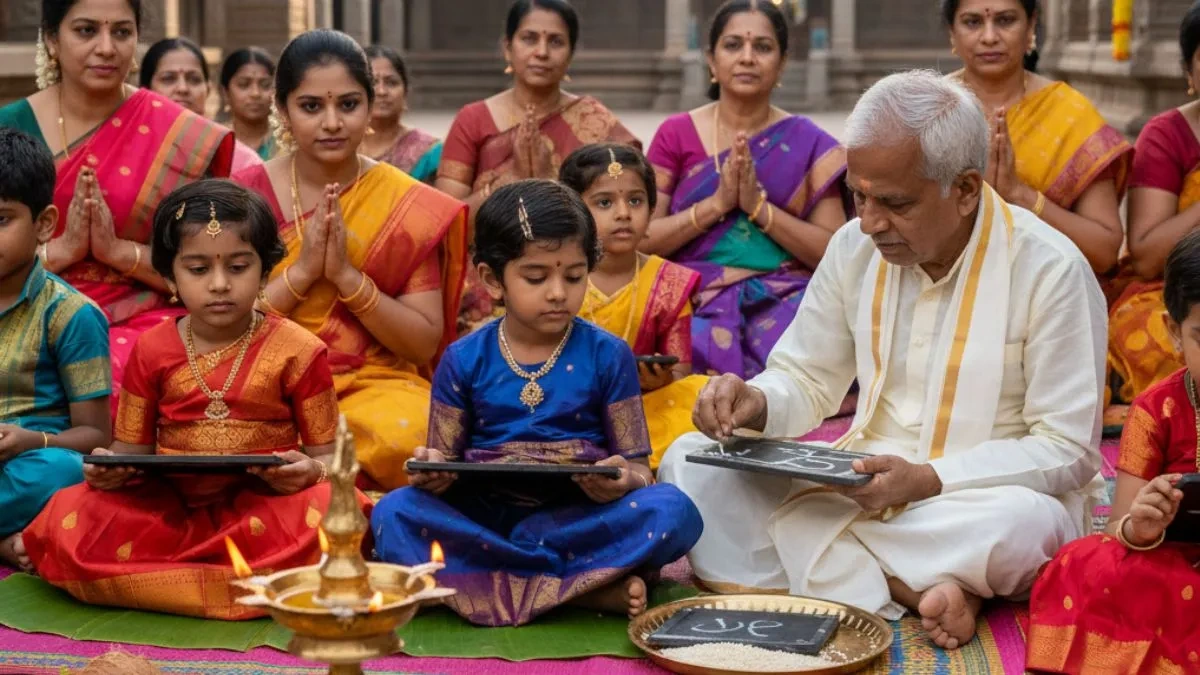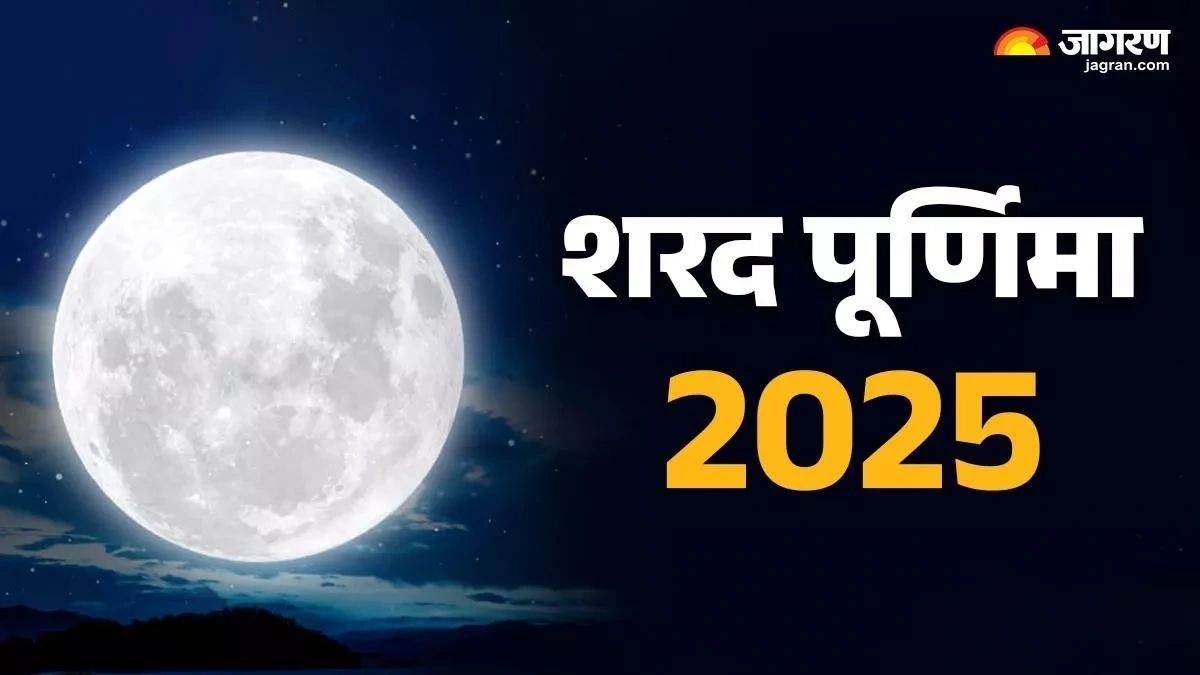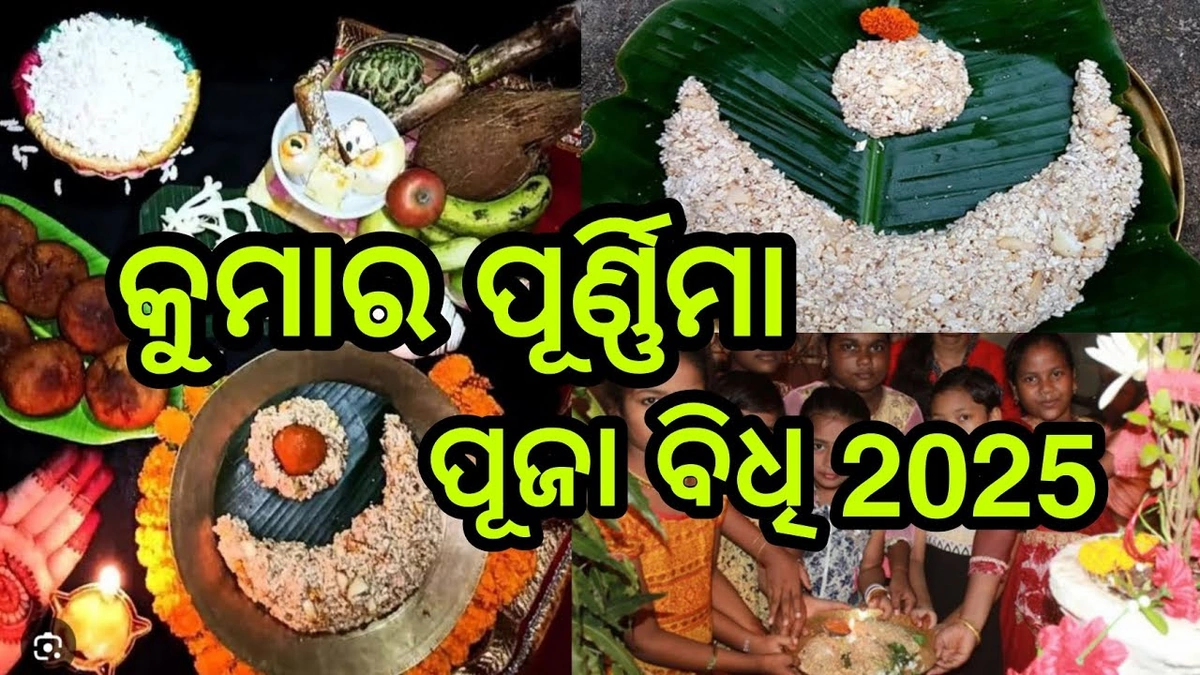Vidyarambham 2025 | Decoding the Auspicious Start to Learning
Vidyarambham – the beautiful ceremony marking a child’s entry into the world of learning. It’s more than just a ritual; it’s a cultural cornerstone, especially in Kerala and other South Indian states. But, let’s be honest, with Vidyarambham 2025 on the horizon, many parents are probably thinking, “Okay, great tradition, but what exactly are we doing here, and how do we make it meaningful?” That’s the question we’ll try to answer.
So, you’re prepping your little one for their first brush with knowledge, a day steeped in tradition and hope. Here’s the thing: understanding the ‘why’ behind Vidyarambham can transform it from just another ceremony into a deeply personal and impactful experience. What fascinates me is how this ancient practice continues to resonate even in our modern, tech-driven world. Is it mere nostalgia, or is there something deeper at play? Let’s find out!
The Profound Significance of Vidyarambham

At its core, Vidyarambham ceremony symbolizes the formal introduction of a child to education. The literal translation? “Beginning of Knowledge.” It’s typically performed on Vijayadashami, the last day of the Navratri festival, considered one of the most auspicious days in the Hindu calendar. But why this day specifically? Vijayadashami marks the victory of good over evil, and what better way to celebrate that than by initiating a new generation into the pursuit of wisdom? This is a great day to offer Navratri Devi pooja.
The ceremony usually involves a priest or an elder member of the family guiding the child to write their first letters – often “Om,” the sacred syllable – either on a bed of rice or in sand. This act isn’t just about scribbling; it’s about invoking divine blessings and setting the intention for a lifetime of learning. What I initially thought was simply a symbolic gesture reveals itself as a powerful invocation, connecting the child to a lineage of knowledge-seekers. So it is also important to send Navratri Wishes to loved ones during this time.
Navigating the Practicalities of the Vidyarambham Ceremony
Okay, so we get the ‘why’. But how does this translate into actual practice? Let’s be real: coordinating a traditional Vidyarambham can feel a bit overwhelming. First, decide where you want the ceremony to take place. Many families opt for temples known for conducting these ceremonies, but you can also hold it at home, which adds a personal touch. According to experienced parents, booking in advance is crucial, especially at popular temples, to secure a slot. Consider these factors while planning the venue for your children.
Then there’s the matter of supplies: rice, sand, a plate, a traditional slate (if you can find one!), and someone to guide the writing. Don’t fret too much about perfection; the most important thing is the intention behind the act. A common mistake I see people make is getting caught up in the details and missing the bigger picture: this is about creating a positive and memorable experience for your child. And it marks the auspicious beginning of education .
Making Vidyarambham Meaningful for Your Child
Here’s where you can really make a difference. Instead of just going through the motions, try to connect the ceremony to your child’s interests. Do they love stories? Read them a story about a wise king or queen before the ceremony. Are they fascinated by art? Let them draw or paint something afterwards to celebrate their first step into the world of creativity. The key is to make learning feel exciting and relevant from day one.
Let me rephrase that for clarity: don’t just treat Vidyarambham as a one-off event. Use it as a springboard to foster a lifelong love of learning. I initially thought this was straightforward, but then I realized the subtle power in how we frame the whole experience. Talk to them about the importance of knowledge, not just for academic success, but for understanding the world around them. And for the parents, this might be a time to help their kids avoid the common errors in education .
The Enduring Relevance in Today’s World
Now, some might argue that in our digital age, a traditional ceremony like Vidyarambham in Kerala feels a bit archaic. After all, kids are learning from tablets and screens almost before they can walk. But I would argue that the core values it represents – the pursuit of knowledge, the importance of tradition, and the blessings of elders – are more relevant than ever. So, how to celebrate Vidyarambham ? It is about integrating tradition with modern learning approaches.
Consider this: in a world saturated with information, the ability to discern truth from falsehood, to think critically, and to connect with one’s cultural roots is crucial. Vidyarambham, with its emphasis on seeking knowledge with reverence and intention, can serve as a powerful anchor in a rapidly changing world. What fascinates me is how an age-old ritual can be reinterpreted and revitalized to meet the needs of a new generation.
Tips for a Memorable Vidyarambham 2025
To sum it up, here are some actionable tips to make Vidyarambham 2025 a truly special occasion:
- Plan Ahead: Book your spot at the temple or finalize home arrangements well in advance.
- Personalize the Experience: Connect the ceremony to your child’s interests and passions.
- Focus on the ‘Why’: Explain the significance of the ceremony in a way that resonates with your child.
- Involve the Family: Make it a collaborative effort with grandparents and other relatives.
- Capture the Moment: Take photos and videos to preserve the memories for years to come.
Ultimately, the best Vidyarambham preparation involves understanding the significance, preparing the venue and teaching kids the value of knowledge. The intention is far more important than perfection!
FAQ Section
Frequently Asked Questions About Vidyarambham
What if I can’t find a traditional slate?
No worries! A regular notebook or even a tray filled with sand will work just fine. The important thing is the act of writing, not the tool itself.
Is it okay to perform Vidyarambham at home?
Absolutely! In fact, many families prefer the intimacy and personal touch of a home ceremony.
My child is very young. Will they understand?
Even if they don’t fully grasp the meaning, they’ll sense the specialness of the occasion and the love surrounding them.
What if my child doesn’t want to write?
Don’t force it! Make it fun and playful. Let them draw or scribble instead, and gently guide their hand to write a letter or two.
Where can I learn more about the traditions of Vidyarambham?
Check out local libraries or cultural centers for books and resources. Talking to elders in your family is also a great way to learn more.
Vidyarambham isn’t just about starting school; it’s about igniting a lifelong passion for learning. And that, my friends, is something worth celebrating. Remember, it’s the spark of curiosity, the quest for understanding, and the joy of discovery that truly matter. Embrace the tradition, personalize the experience, and set your child on a path to a future filled with wisdom and wonder. What could be more auspicious than that? And this is how to make memorable Vidyarambham celebrations !













